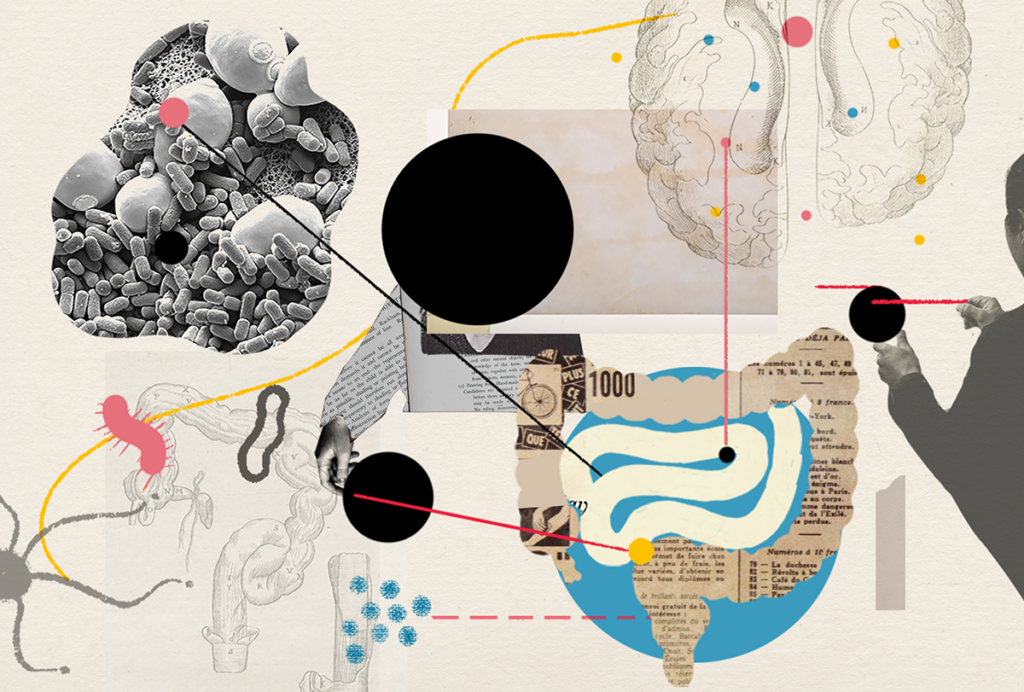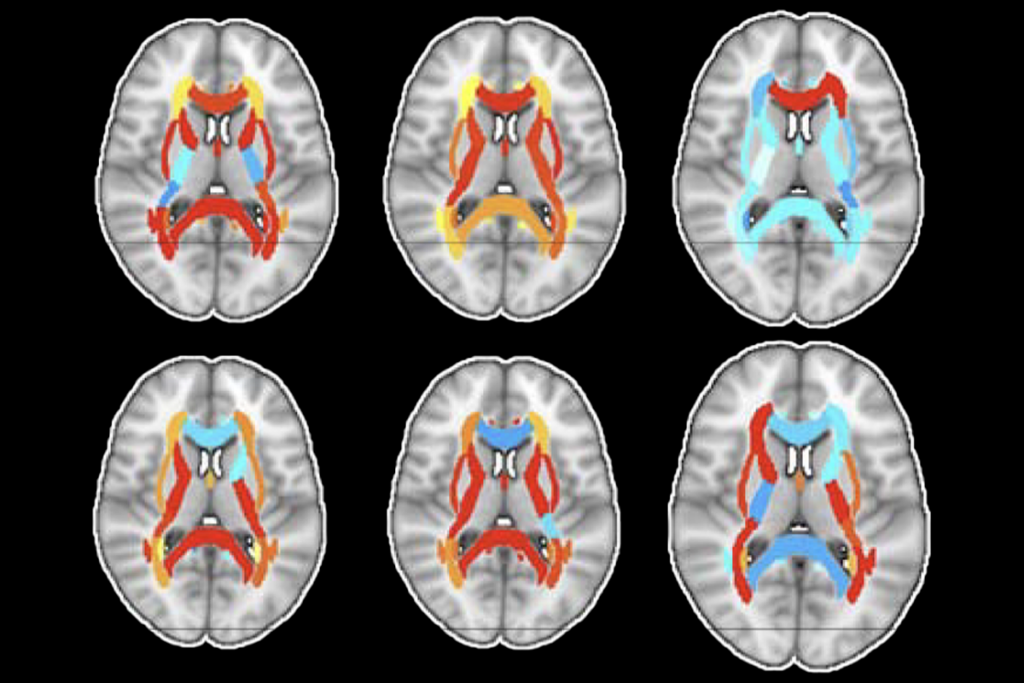List of gene ‘hot spots’ is rich with autism mutations
Researchers have identified nearly 4,000 genetic regions that may be critical for brain function, and harbor mutations involved in disorders such as autism, they reported 25 May in Nature Genetics.
Researchers have identified nearly 4,000 genetic regions that may be critical for brain function, they reported 25 May in Nature Genetics1. Autism-linked mutations are six times more likely to be in one of these regions, which include 1,744 genes, than elsewhere in the genome.
Finding a rare, harmful mutation in one of these regions in an individual with autism is a good indication that the mutation contributed to the disorder, says lead researcher Stephen Scherer, director of the Centre for Applied Genomics at the Hospital for Sick Children in Toronto.
“We’ve come up with a really novel way to look at data and add priority to those mutations that we think are truly involved in autism, versus those that are hitchhikers,” he says.
This type of prioritization is crucial, as genetics studies are identifying more and more mutations in people with autism. Many of the mutations are rare, making it difficult to infer whether they have anything to do with the disorder.
“The question of whether a mutation is doing something, or not, is really an essential question for many disorders — and especially in autism,” says Thomas Bourgeron, director of the Human Genetics and Cognitive Functions Unit at the Institut Pasteur in Paris, who was not involved in the study.
The researchers began with two straightforward questions: Does a particular gene have an important function in the brain? And would a mutation in this gene be harmful?
Mutation effects:
To answer the latter question, the researchers looked at exomes — the protein-coding regions of the genome — of more than 6,500 people. Regions that are rarely mutated are likely to be those that are important, and so conserved, in most people.
To identify genes important for brain function, the researchers used BrainSpan, a map of gene expression in the brain from the fetus to an adult.
The researchers then divided these genes down into their protein-coding parts, called exons, and the intermediate regions, or introns. During a gene’s translation into protein, these introns are excised, and the exons are spliced together in different combinations to form various isoforms of the protein.
“I was pretty impressed by the work because I had been begging for somebody to tell me what are the right exons.”
By looking in particular at conserved exons expressed at high levels in the brain, the researchers were able to find those that are the most important for brain function. For example, a key exon may be included in every isoform, whereas another may be present in just one version.
The researchers did not find a relationship between autism mutations and conserved genes expressed in the brain. But when looking in particular at exons, the association becomes highly statistically significant.
“The significance goes through the roof,” says Scherer. “It’s unbelievable.”
Other researchers have requested this full list of exons to help prioritize mutations they find in people with autism, he says.
“I was pretty impressed by the work because I had been begging for somebody to tell me what are the right exons,” says Kathryn Roeder, professor of statistics at Carnegie Mellon University in Pittsburgh, who was not involved in the study.
Roeder is also working on methods to prioritize autism variants. She says she has found mutations in some genes in both people with autism and unaffected controls, but the mutations are often in different parts of the gene. Scherer’s list will help her rule out mutations that fall outside of the important exons, she says. “Now I can make sense of that and just throw those away.”
The researchers also looked at the targets of FMRP, the protein missing in people who have fragile X syndrome. They found that mutations in the targets are 9.5 times more likely to be in these critical regions than elsewhere.
The method may also identify new candidate genes for autism. Of the 1,744 genes that contain the conserved exons, 518 have been linked to neuropsychiatric disorders. That leaves more than 1,000 genes that can still be explored.
Researchers may be able to home in on which genes within a large autism-linked region are relevant to the disorder. For example, duplications and deletions of one stretch of chromosome 16, called 16p11. 2, have been linked to autism.
16p11.2 encompasses 29 genes; 4 of these genes turned up in the new study as being important for brain function. Three of the four — SEZ6L2, KCTD13 and ASPHD1, have previously been linked to autism. The fourth, PRRT2, may be a new candidate.
However, “correlation does not necessarily imply causation,” says Lilia Iakoucheva, assistant professor of psychiatry at the University of California, San Diego. Iakoucheva also notes that the study raises a larger question about the importance of specific protein isoforms in autism.
“This paper is going deeply into not just implicating a gene, but specific exons. But even deeper would be to implicate a specific isoform,” she says. “This is going to be a huge undertaking.”
References:
1: Uddin M. et al. Nat. Genet. Epub ahead of print (2014) PubMed
Recommended reading

Going against the gut: Q&A with Kevin Mitchell on the autism-microbiome theory
Explore more from The Transmitter

Neurophysiology data-sharing system faces funding cliff


